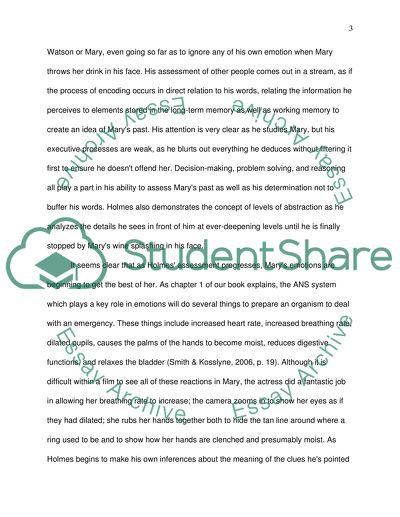Cite this document
(“A View of Sherlock Holmes and Friends Through Cognitive Psych Term Paper”, n.d.)
Retrieved from https://studentshare.org/literature/1453779-a-view-of-sherlock-holmes-and-friends-through-cognitive-psych
Retrieved from https://studentshare.org/literature/1453779-a-view-of-sherlock-holmes-and-friends-through-cognitive-psych
(A View of Sherlock Holmes and Friends Through Cognitive Psych Term Paper)
https://studentshare.org/literature/1453779-a-view-of-sherlock-holmes-and-friends-through-cognitive-psych.
https://studentshare.org/literature/1453779-a-view-of-sherlock-holmes-and-friends-through-cognitive-psych.
“A View of Sherlock Holmes and Friends Through Cognitive Psych Term Paper”, n.d. https://studentshare.org/literature/1453779-a-view-of-sherlock-holmes-and-friends-through-cognitive-psych.


